 From rugged to refined, sassy to spiritual, South America spans a whole world of diversity. Venture into the continent's Andean heart on this small-group adventure that goes from the cosmopolitan streets of Lima to the winding, alcoved alleyways of La Paz. See Peru's answer to the Galapagos on a tour of the Paracas National Reserve. Follow the ancient trade route of the Incas on the legendary Inca Trail, finishing up at breathtaking Machu Picchu. Get a feel for life adrift the water on a visit to Lake Titicaca's floating islands and watch condors scoring the skies of the Colca Canyon. Striking the perfect balance between freedom and structure, this trip is made for those craving a Peruvian adventure.
From rugged to refined, sassy to spiritual, South America spans a whole world of diversity. Venture into the continent's Andean heart on this small-group adventure that goes from the cosmopolitan streets of Lima to the winding, alcoved alleyways of La Paz. See Peru's answer to the Galapagos on a tour of the Paracas National Reserve. Follow the ancient trade route of the Incas on the legendary Inca Trail, finishing up at breathtaking Machu Picchu. Get a feel for life adrift the water on a visit to Lake Titicaca's floating islands and watch condors scoring the skies of the Colca Canyon. Striking the perfect balance between freedom and structure, this trip is made for those craving a Peruvian adventure.Highlights
The giant desert inscriptions of the Nazca Lines are one of Peru's great unsolved mysteries. Scrutinise them up close on foot or from a bird's-eye-view on an optional flight
Wake early and observe Andean condors taking to the sky during their morning routine as the sun rises in the spectacular Colca Canyon
Cusco is a great city to explore by foot. Enter a bygone era as you explore the ancient Incan ruins dotted all over the city
A trip through Peru wouldn't be complete without a visit to Machu Picchu. With three different trails to choose from, people of all fitness levels are able to explore this ancient citadel
Spending a night with a local family on Lake Titicaca takes you right into the heart of preserved island traditions, and is a unique experience you won't forget anytime soon
Peer through the shop window of the Witches’ Market in La Paz and witness a world of unique, curative traditions. Amulets, potions and dried frogs are just a handful of the treatments administered by local witch doctors
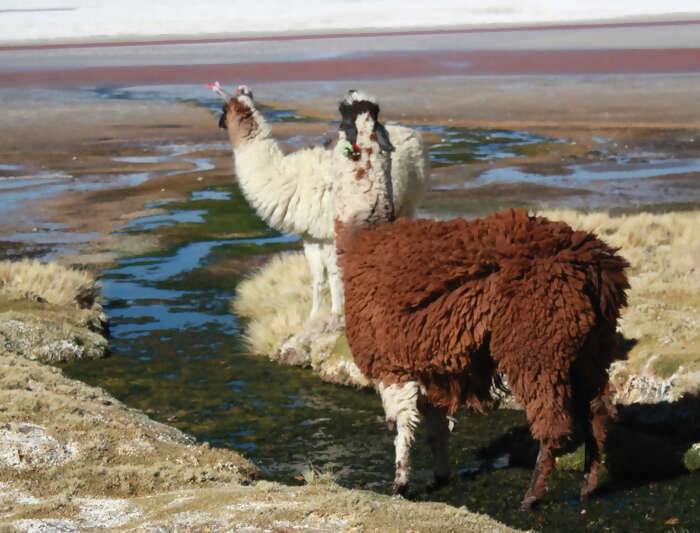
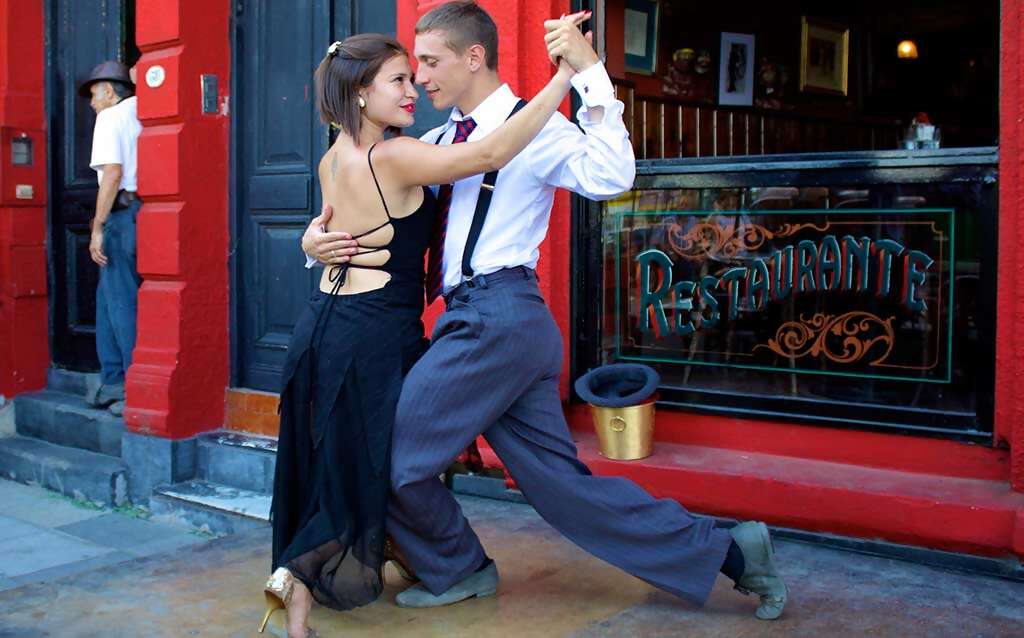

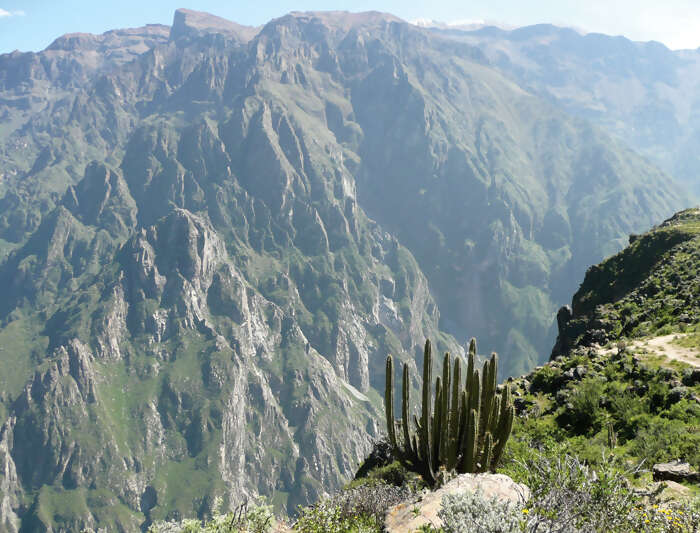
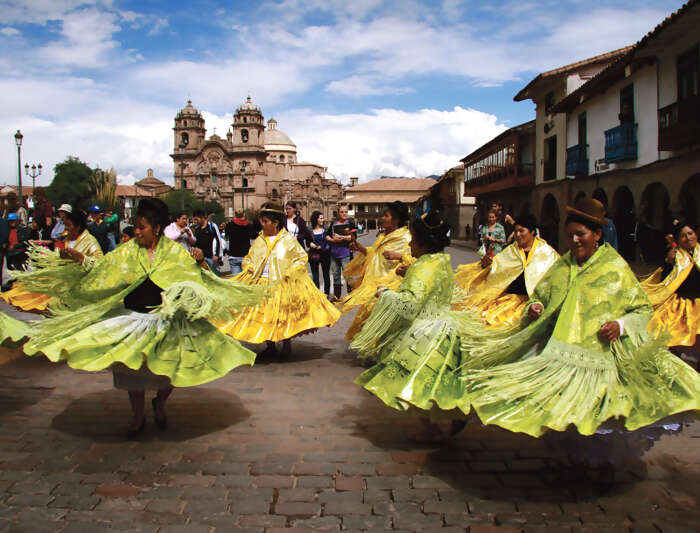
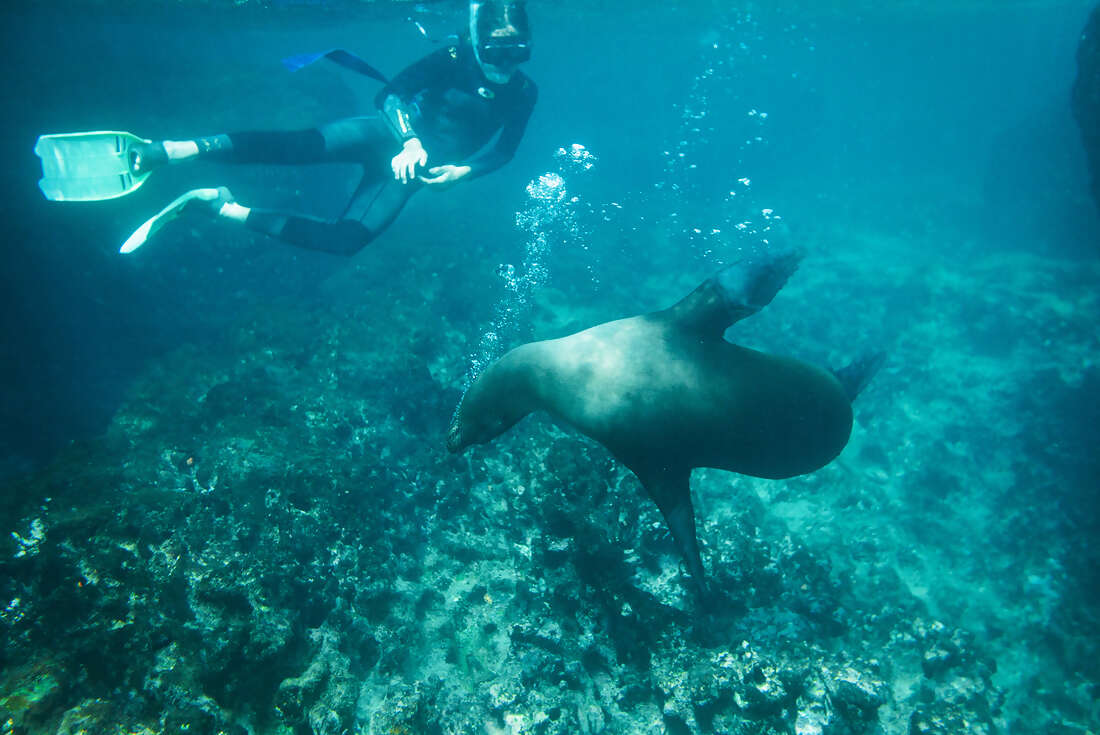


- You will visit the following places:
-

Lima
Lima is the capital and largest city of Peru. It is located in the valleys of the Chillón, Rímac and Lurín rivers, in the central part of the country, on a desert coast overlooking the Pacific Ocean. Together with the seaport of Callao, it forms a contiguous urban area known as the Lima Metropolitan Area. With a population fast approaching 9 million, Lima is the fifth largest city in Latin America, behind Mexico City, São Paulo, Buenos Aires and Rio de Janeiro. Lima is home to one of the largest financial hubs in Latin America. It has been defined as a beta world city by GaWC international rankings. It was founded by Spanish conquistador Francisco Pizarro on January 18, 1535, as La Ciudad de los Reyes, or "The City of Kings."
-

Arequipa
Arequipa is the colonial-era capital of Peru’s Arequipa Region. It's Peru's second most important city (after Lima), and the second most popular among tourists (after Cuzco). The city was founded on August 15, 1540 by Garcí Manuel de Carbajal as "Villa Hermosa de Nuestra Señora de la Asunción". During the Colonial period, Arequipa became highly important for its economic prosperity and for its loyalty to the Spanish Crown. The historic center of Arequipa spans an area of 332 hectares and is a UNESCO World Heritage Site. Its historic heritage, natural scenery and cultural sites make the city a major tourist destination. Its religious, colonial, and republican architectural styles blend European and native characteristics into a unique style called "Escuela Arequipeña".
-

Cusco
Cusco, often spelled Cuzco, is a city in southeastern Peru, near the Urubamba Valley of the Andes mountain range. It is the capital of the Cusco Region as well as the Cusco Province. In 2013, the city had a population of 435,114. Located on the eastern end of the Knot of Cuzco, its elevation is around 3,400 m (11,200 ft). The site was the historic capital of the Inca Empire from the 13th until the 16th-century Spanish conquest. In 1983 Cusco was declared a World Heritage Site by UNESCO. It has become a major tourist destination, hosting nearly 2 million visitors a year. The Constitution of Peru designates it as the Historical Capital of Peru.